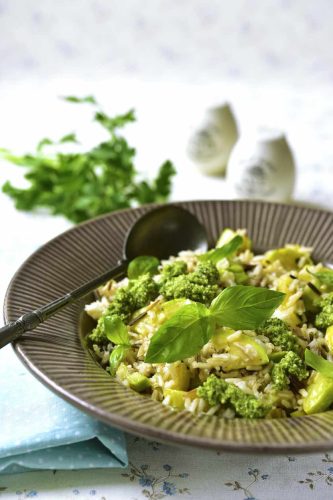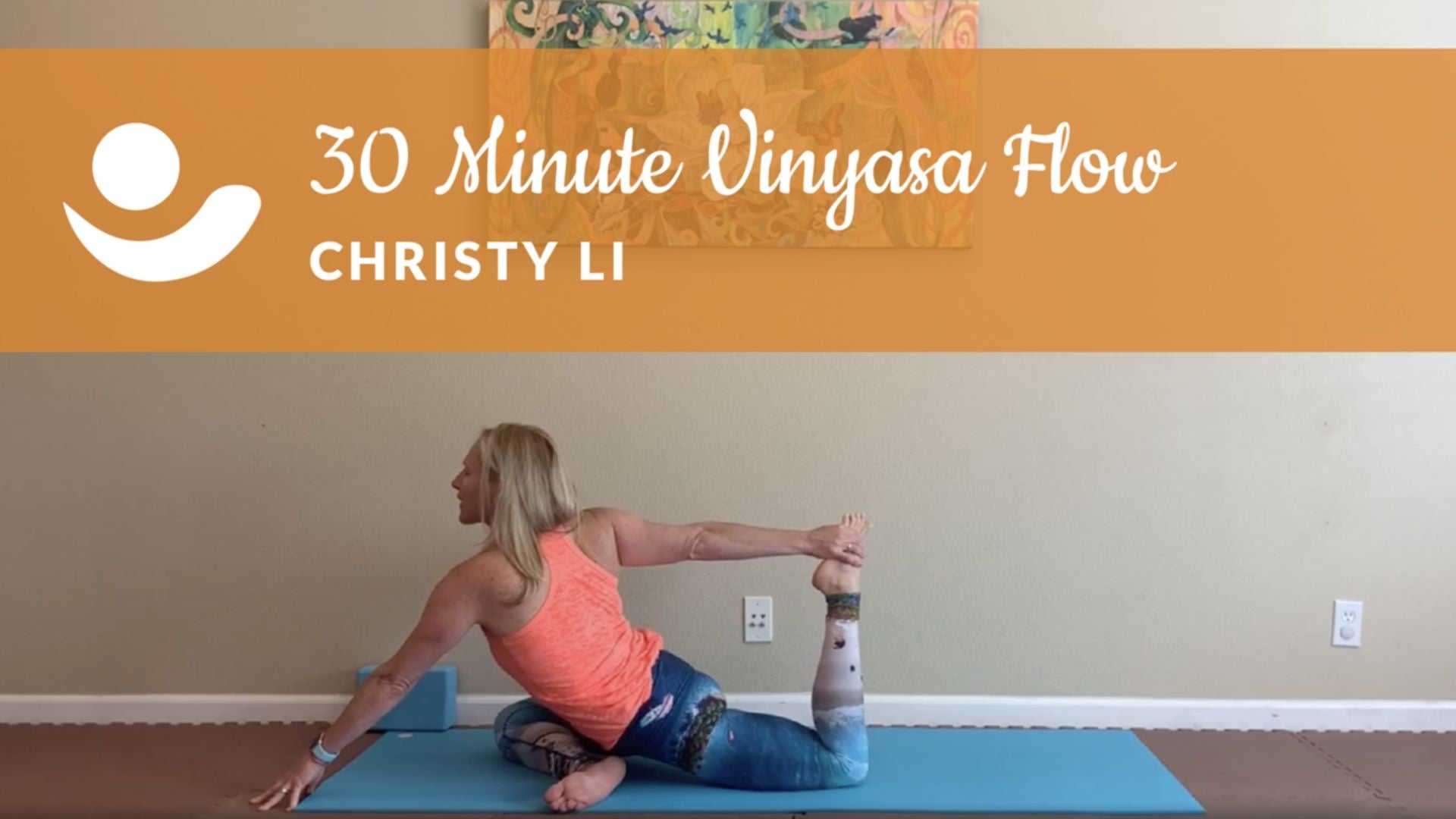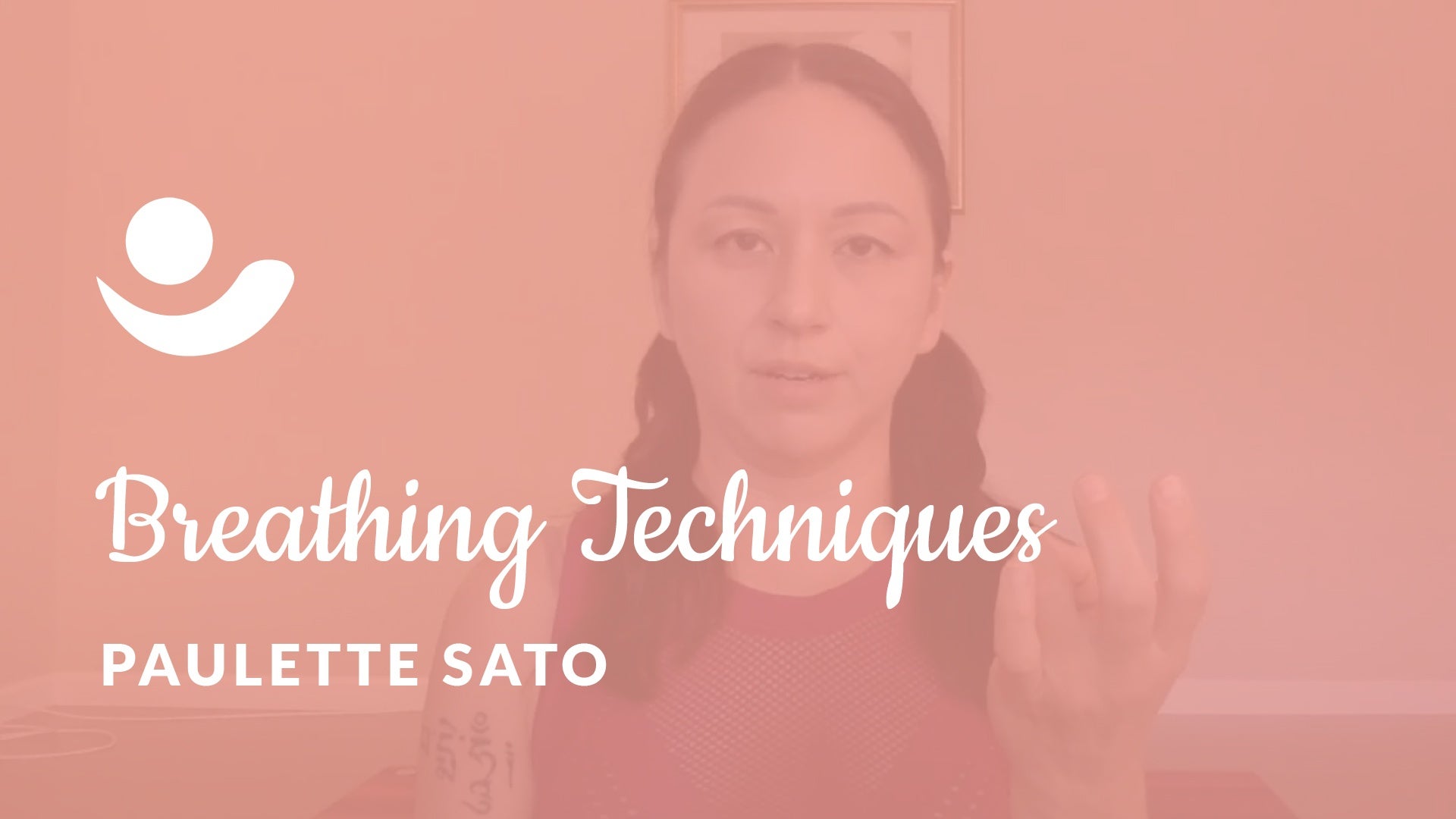Spring is a time of great change but also a time of growth, moisture, and increasing temperatures. Grounding, simple, and nourishing foods help pacify vata dosha, which is unsteady and can be thrown off by the constant change of the season. Incorporating lighter, bitter, and sour foods helps to reduce the abundance of kapha dosha (heavy, wet, cold energy) from the winter season. Traditionally, bitter greens, fresh herbs, and young vegetables help support the digestive system and awaken the senses for the brightness of spring and summer.
These recipes are some of my long-time favorites and can be made in large batches and shared with friends and family. Many can be served either warm or cool, depending on the time of day and weather. Ayurveda recommends most of our food be cooked and any raw foods eaten during the middle of the day when digestion is strongest. I hope you enjoy these staples from my family kitchen—and add your own personal spin to the dishes for you and your family.
Wild Rice with Spring Vegetables Recipe
Ingredients
- 1 cup wild rice, rinsed until water runs clear
- 2 cups purified water
- ½ tsp sea salt or kosher salt
- 1-1 ½ cups shelled English peas
- 2-3 baby carrots, peeled and julienned
- 1 cup chopped kale or chard
- ½ basil, chopped
- 1 cup chopped broccoli
- 1 tbsp dill, chopped
- 1-2 tbsp lemon juice
- ⅓ cup olive oil
- Sea salt or kosher salt
- Black pepper
Directions
- In a medium pot, bring the water to a boil. Add the rice and a pinch of salt, reduce to low, and cover. Cook for 25-30 minutes or until all the water is absorbed and the rice is soft. You may also cook in a rice cooker.
- While the rice is cooking, prepare the vegetables and herbs. In a large mixing bowl, mix the peas, carrots, kale (or chard), basil, broccoli, and dill.
- Once the rice is finished cooking, immediately remove from the pot or rice cooker and add into the mixing bowl on top of the rest of the veggies and herbs. Leave without mixing for 5-10 minutes to lightly steam the broccoli, kale, peas, and carrots.
- Lastly, add the lemon juice, olive oil, salt, and pepper. Mix thoroughly, and serve either warm or cool. Toasted nuts, seeds, or your favorite cheese sprinkled on top is a wonderful pairing.
















